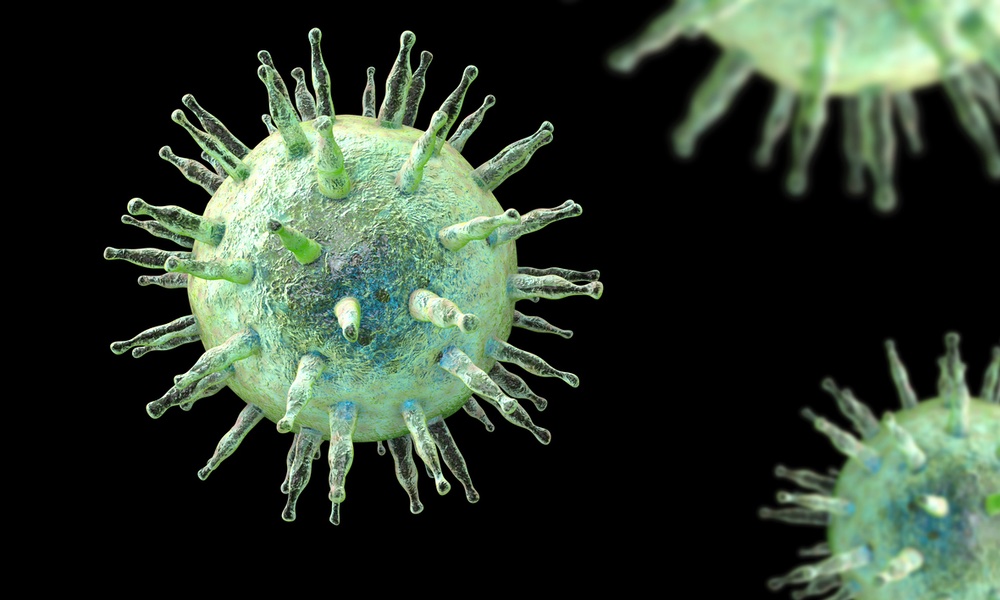The immune system's job is to protect us from invaders, from unwanted bacteria, viruses, chemicals and other substances that attack our body's cells. But sometimes this defense system becomes the enemy within, mistakenly targeting the nuclei of healthy cells where our genetic materials are stored. The result is more than 80 very serious “autoimmune” diseases.
A broad range of diseases are considered autoimmune, including multiple sclerosis, type 1 diabetes, irritable bowel, rheumatoid arthritis, psoriasis, and systemic lupus erythematous (SLE).
Autoimmune diseases are often difficult to treat, especially since rehabbing and fortifying the immune system to reverse the effects of the autoimmune attack can cause other health challenges such as a reduced ability to fight new bacterial and viral infections.
So far, our ability to prevent autoimmune diseases has been elusive because medical scientists do not know exactly why and what makes the immune system turn against itself.If you live among people, you probably contracted EBV before you reached the age of 20.
Recently, there's been a glimmer of hope and progress in our understanding of one particularly devastating autoimmune disease — lupus (SLE). Approximately, one million Americans, most often females, are affected by lupus. It can provoke a variety of symptoms depending on where it attacks, anything from a facial skin rash, to joint pain, to serious heart and kidney problems.
SLE is most likely caused by a common virus carried in the cells of 19 out of 20 Americans. The viral culprit's complete name is Epstein-Barr virus, known as EBV, according to new study from Stanford University. Epstein-Barr is a member of the virus family that includes chickenpox, herpes and mononucleosis. If you live among people, you probably contracted EBV before you reached the age of 20 from a family member or friend, by sharing a fork or cup, or kissing.
Though EBV is everywhere, it usually causes few symptoms and lives a quiet life after you've been infected, attaching its DNA to the nuclei of your B cells, the white blood cells whose job it is to produce antibodies.
Calling the discovery, “the single most impactful finding to emerge from my lab in my entire career,” William Robinson, the study's senior author and a professor of immunology and rheumatology at Stanford added, “We think it applies to 100% of lupus cases.”
Normally, B cells react to the outside stimuli of antigens, producing antibodies. These antigens attach to the surface of the B cells and are called “antigen presenting cells.” So displayed, the antigens tell other B cells to join the defense team, amping up the immune response.
Each of us has hundreds of billions of B cells which can produce many different antibodies against all sorts of antigens. Though 20 percent of B cells have the ability to target antigens that are harmlessly attached to your cells, a process known as being “autoreactive,” they typically do nothing.
The Stanford researchers developed a technique to identify the 1 in 10,000 B cell that is infected with EBV in otherwise healthy individuals. With their new technique, they were able to show that lupus patients have many more EBV-infected B cells, 1 in 400 B cells. And that these infected cells can produce a viral protein, EBNA2.Though EBV is everywhere, it usually causes few symptoms and lives a quiet life after you've been infected, attaching its DNA to the nuclei of your B cells.
EBNA2 acts like a molecular switch. It turns on other human genes that amplify the inflammatory response, recruiting other immune cells, some of which produce antibodies that attack the nuclei of B cells (antinuclear antibodies).
Scientists suspect that these antinuclear antibodies from both EBV-infected and non-infected B cells then start the explosive events that produce lupus.
The big question for the scientists is, why if we all carry EBV do only some people get SLE and perhaps other autoimmune diseases? Robinson suspects that only certain EBV strains, yet unidentified, activate the transformation of infected B cells into antigen-presenting “driver” cells that produce huge numbers of these destructive antinuclear B cells.
The findings are published in Science Translational Medicine.





